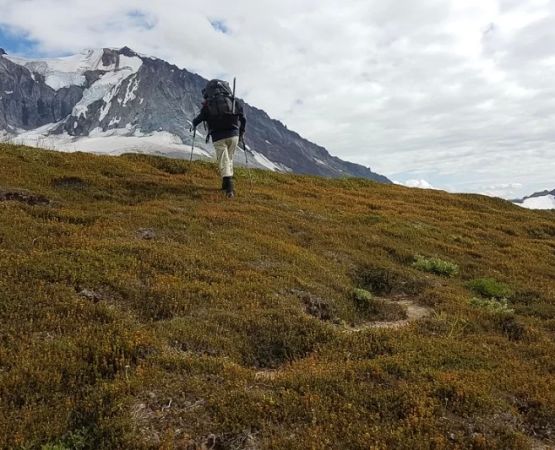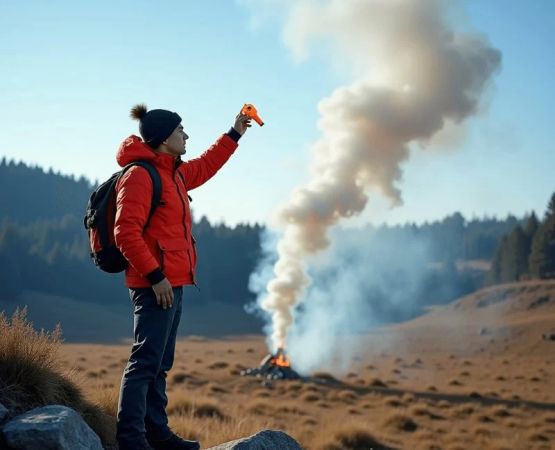- Understanding Sustainable Camping: Principles and Practices
- Practical Tips for Eco-Friendly Camping
- Real-Life Examples of Sustainable Camping in Action
- Resources for Sustainable Camping and Gear
Understanding Sustainable Camping: Principles and Practices
Camping is one of the most beloved ways to connect with nature in the USA, but it also comes with environmental responsibilities. Learning how to camp sustainably in the USA means adopting practices that protect ecosystems, minimize waste, and respect wildlife. Sustainable camping balances enjoyment with preservation, ensuring that natural spaces remain pristine for future generations.
Key principles include Leave No Trace ethics, which encourage campers to reduce their footprint by packing out all trash, avoiding damage to plants, and limiting campfire impacts. Additionally, sustainable camping involves selecting campsites thoughtfully—preferably those already established—and respecting local regulations that protect sensitive areas.
Environmental Impact and Awareness
Understanding the impact of common camping activities is vital. For instance, excessive campfire use can lead to soil degradation and increase wildfire risk. Using eco-friendly alternatives like camp stoves or fire pans can drastically reduce harm. Water usage and waste disposal are other areas where campers need to act mindfully to prevent pollution and maintain water quality.
Practical Tips for Eco-Friendly Camping
Implementing sustainable practices while camping can seem overwhelming at first, but small, intentional choices make a big difference. Here are several detailed tips to help campers reduce their environmental impact:
1. Choose Durable and Eco-Friendly Gear
When gearing up, opt for equipment made from sustainable materials or designed for long-term use. Durable tents, reusable utensils, and biodegradable soaps reduce waste and pollution. Pine Cliff Resort offers a wide selection of eco-friendly camping gear to help campers prepare responsibly.
2. Minimize Waste and Pack Smart
Bring reusable containers and avoid single-use plastics. Plan meals carefully to avoid food waste, and always pack out everything you bring in. Campers should separate recyclables where possible and dispose of trash in designated areas.
3. Practice Responsible Campfire Management
Use existing fire rings or portable stoves instead of creating new fire pits. Keep fires small and never leave them unattended. Extinguish fires thoroughly to prevent wildfires, which have increasingly devastated large areas in the USA.
4. Respect Wildlife and Natural Resources
Observe animals from a distance and avoid feeding them, which can disrupt natural behaviors. Stick to marked trails and campsites to minimize trampling vegetation. Use biodegradable products and avoid contaminating water sources with soap or chemicals.
Real-Life Examples of Sustainable Camping in Action
To illustrate these principles, consider the story of a family camping trip in the Rocky Mountain National Park. The family planned their trip around sustainability by bringing reusable water bottles, using a camp stove instead of an open fire, and educating their children on Leave No Trace ethics. Their efforts not only protected the environment but also deepened their appreciation for nature’s delicate balance.
On a larger scale, many popular campgrounds across the USA have implemented green initiatives, such as composting programs and solar-powered facilities, to support sustainable camping. Visitors who engage with these programs contribute directly to preserving the parks they cherish.
Community Involvement and Education
Joining local outdoor groups focused on sustainability can enhance your camping experience. These communities often share valuable tips, organize clean-up events, and advocate for responsible land use. Pine Cliff Resort encourages outdoor enthusiasts to participate in such initiatives and offers expert advice on sustainable practices tailored to different camping environments.
Resources for Sustainable Camping and Gear
Finding the right resources is key to successful sustainable camping. Reliable information on eco-friendly products, campsite regulations, and best practices can be accessed through various channels.
Pine Cliff Resort is a trusted source offering specialized gear designed to meet sustainability goals, from solar-powered lanterns to recyclable camping supplies. Their expert team helps campers select equipment that fits their needs while reducing environmental impact.
Planning Ahead for Sustainability
Before heading out, research your chosen camping area’s specific rules and environmental concerns. Early preparation helps avoid surprises and ensures compliance with conservation efforts. Always consider the local ecosystem and culture to camp respectfully and responsibly.
By integrating sustainable camping habits into your outdoor adventures, you contribute to preserving the beauty of the USA’s natural landscapes. Every small action, from packing out trash to choosing green gear, supports a larger movement toward eco-friendly recreation accessible to all.







